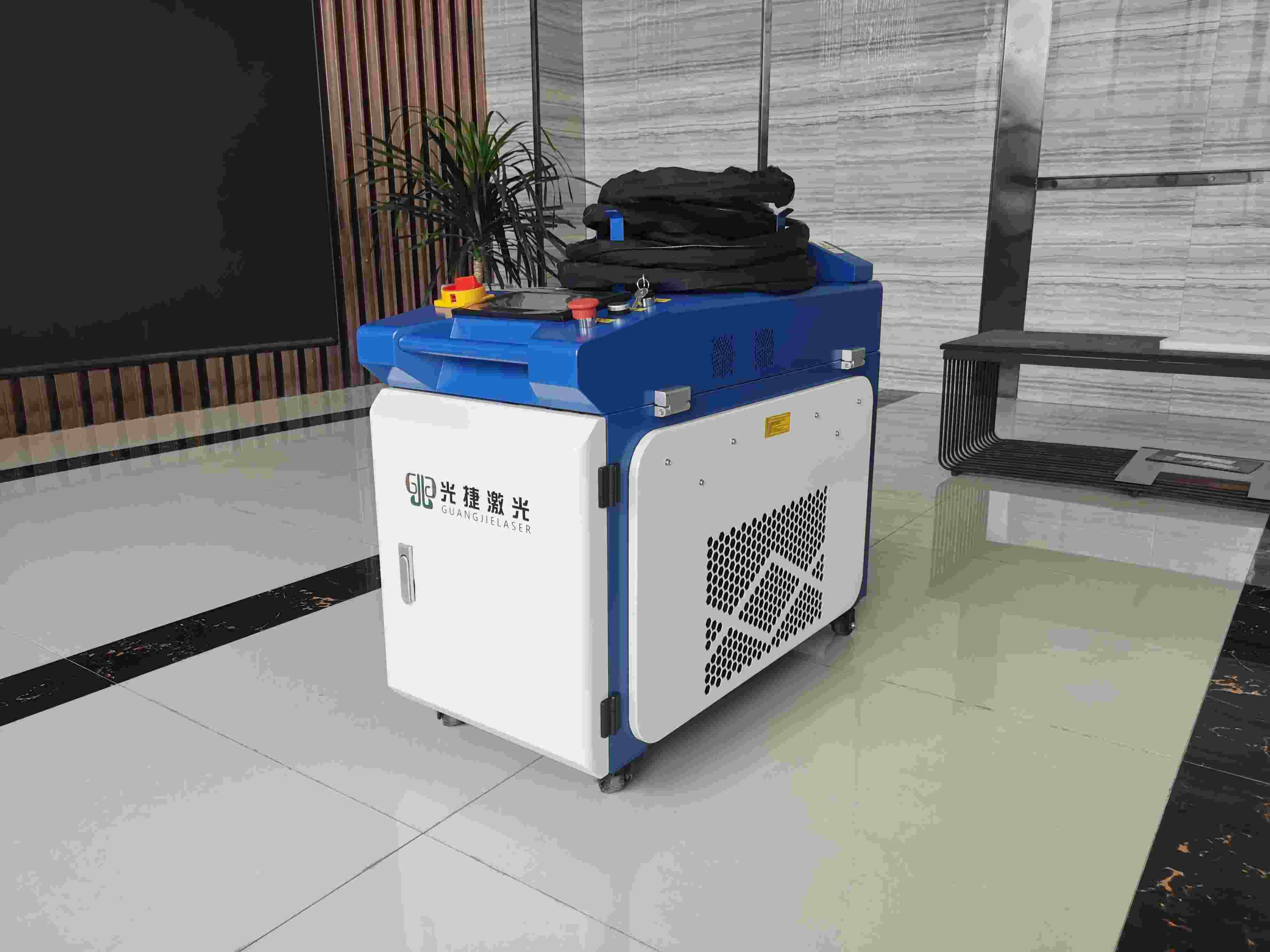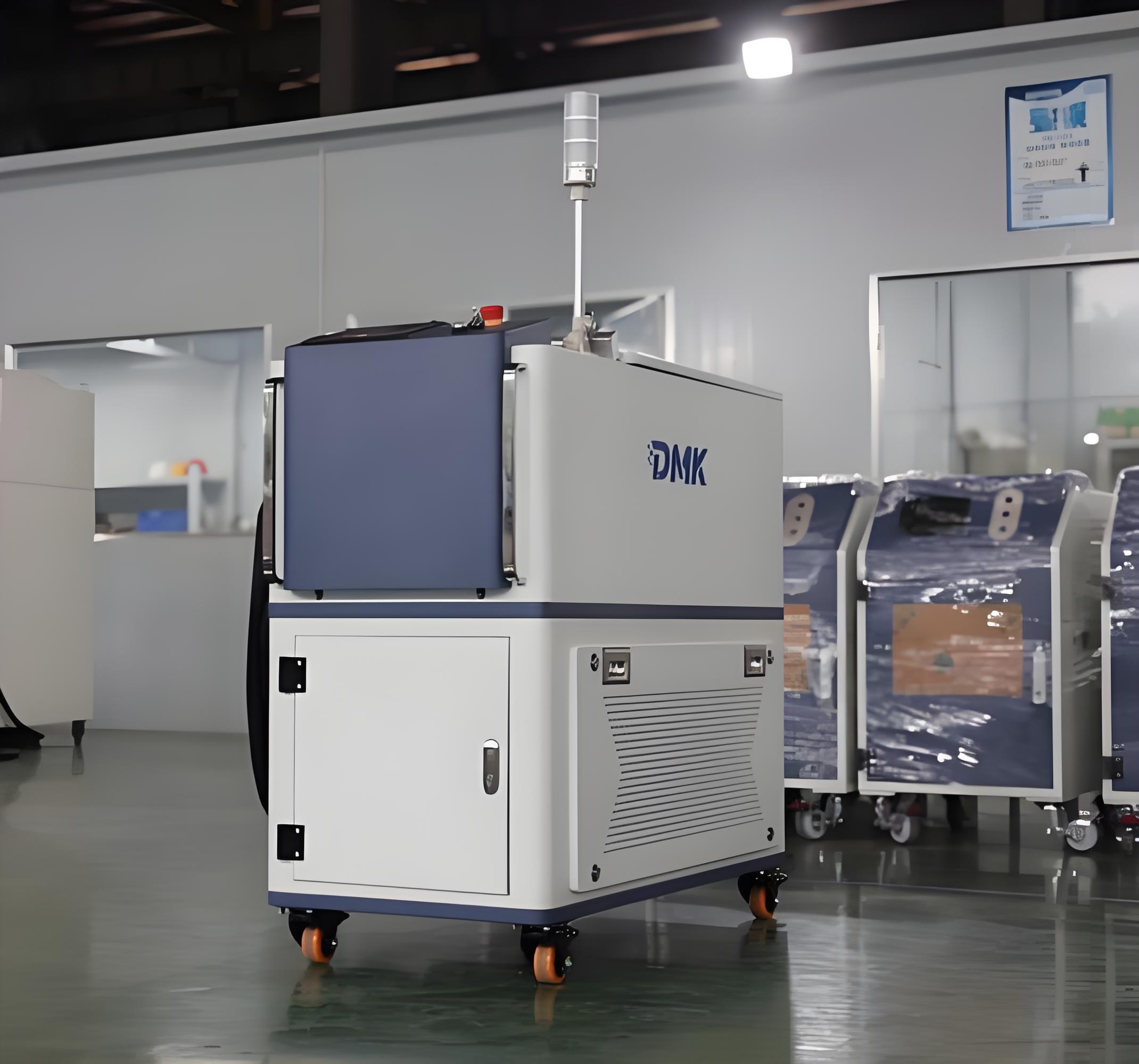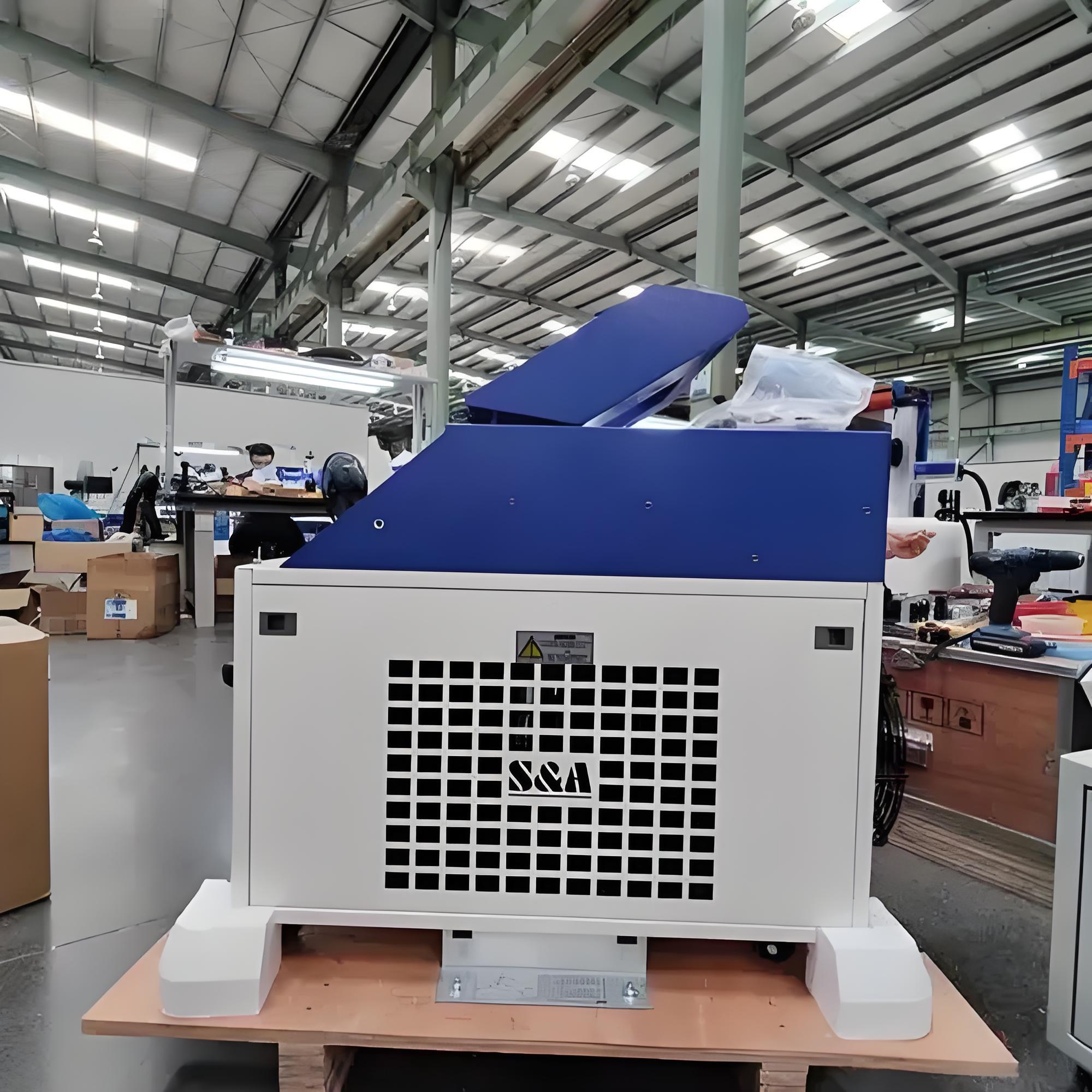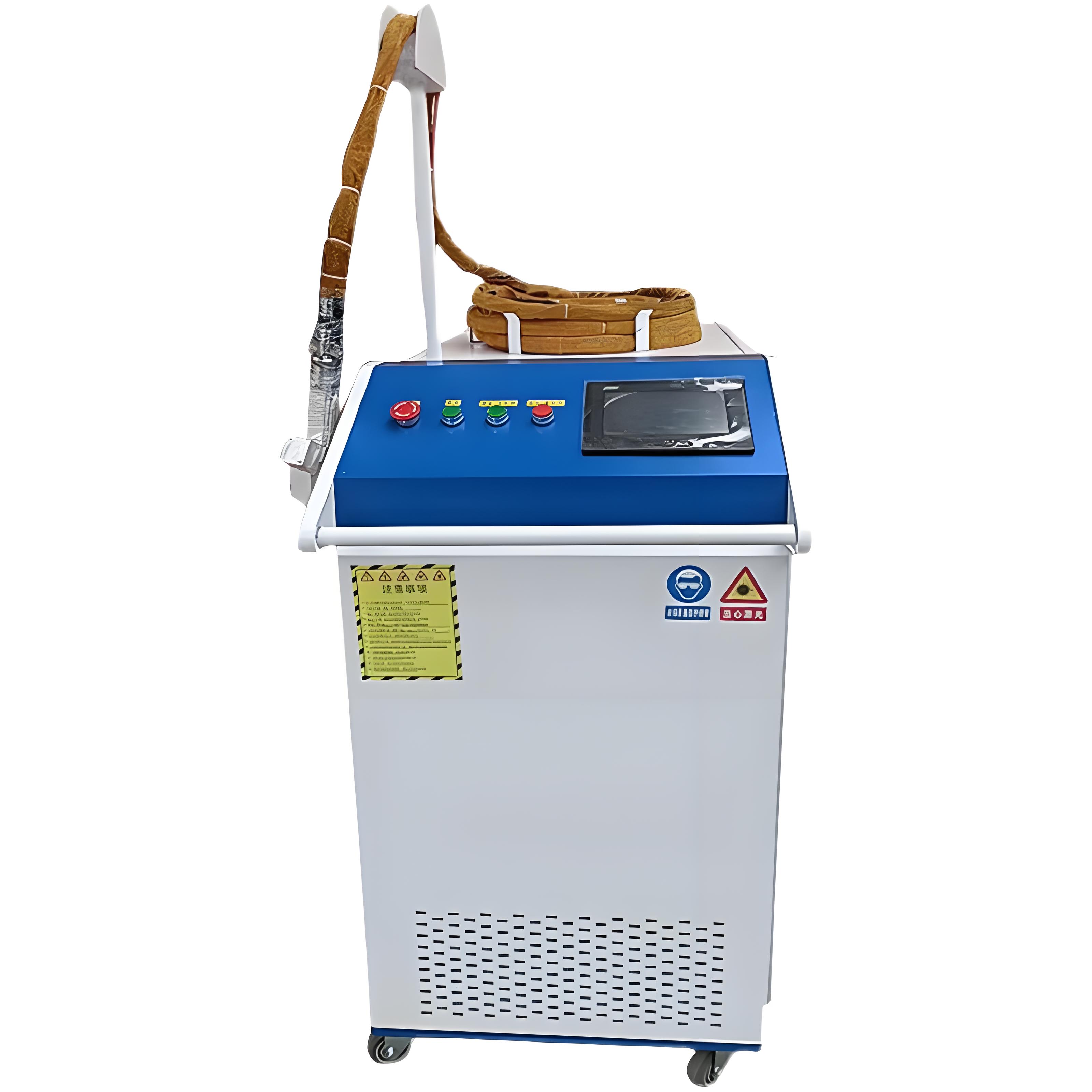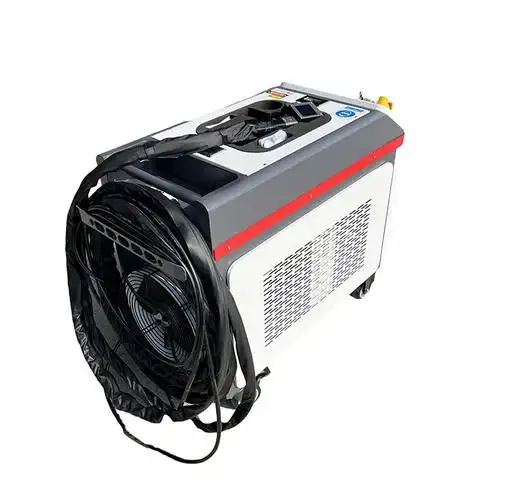As someone who’s spent years working with industrial cleaning solutions, I’ve seen firsthand how challenging it can be to keep stainless steel surfaces pristine, especially when oil stains are involved. Stainless steel is a staple in industries like manufacturing, food processing, and marine applications due to its durability and corrosion resistance. But those stubborn oil stains? They can be a real headache, clinging to surfaces and compromising both aesthetics and functionality. Over the years, I’ve explored various cleaning methods, and laser cleaning has emerged as a game-changer for tackling oil stains on stainless steel. In this guide, I’ll walk you through the ins and outs of this technology, sharing practical insights and tips to help you achieve spotless results.
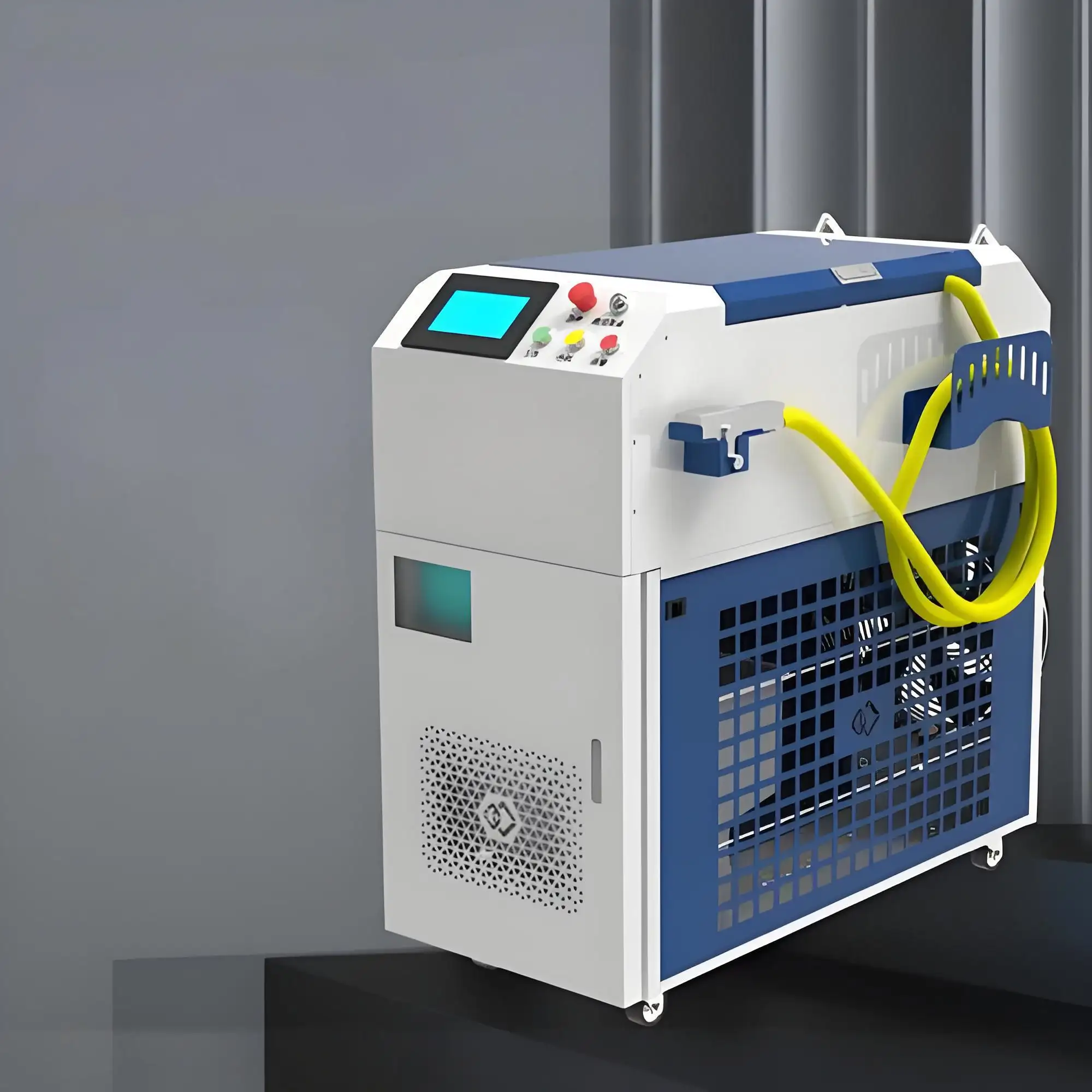
Why Oil Stains on Stainless Steel Are a Problem
Stainless steel’s appeal lies in its chromium oxide layer, which gives it that signature resistance to corrosion. But oil stains—whether from machinery, food processing, or even fingerprints—can disrupt this layer, leading to potential corrosion, reduced hygiene, or poor adhesion for coatings. Traditional cleaning methods like chemical solvents or abrasive scrubbing often fall short. They can be messy, environmentally harmful, or even damage the surface. That’s where laser cleaning comes in, offering a precise, eco-friendly, and efficient solution.
How Laser Cleaning Works
Laser cleaning uses a high-energy laser beam to remove contaminants like oil, grease, or rust from surfaces. The process, known as laser ablation, involves directing a focused beam at the surface, where it’s absorbed by the oil. This causes the oil to heat up rapidly, vaporizing or breaking apart without affecting the stainless steel underneath. The beauty of this method lies in its non-contact nature—no abrasives, no chemicals, just pure laser energy.
I remember the first time I saw a laser cleaner in action at a manufacturing plant. The operator aimed the handheld laser gun at a greasy stainless steel component, and within seconds, the surface was gleaming. No residue, no scratches, just a perfectly clean finish. It felt like something out of a sci-fi movie, but it’s very much a reality today.
Key Components of a Laser Cleaning System
To understand laser cleaning, it’s helpful to know the main parts of the system:
Laser Source: Typically a fiber laser (like Nd:YAG or diode lasers) that generates the high-energy beam.
Beam Delivery System: Optics or a handheld gun that directs the laser to the target surface.
Control System: Allows precise adjustments to power, pulse frequency, and beam focus.
Fume Extraction: Captures vaporized oil particles to keep the workspace clean.
These components work together to ensure the laser targets only the oil, leaving the stainless steel unharmed.
Why Choose Laser Cleaning for Stainless Steel?
After years of dealing with traditional methods like sandblasting or chemical cleaning, I can tell you laser cleaning stands out for several reasons. Here’s why it’s my go-to for oil stain removal:
Precision: The laser can target specific areas, even on complex geometries, without affecting surrounding surfaces.
Eco-Friendly: No chemicals or consumables mean less waste and no toxic runoff.
Non-Damaging: Unlike abrasive methods, laser cleaning preserves the stainless steel’s protective oxide layer.
Efficiency: It’s fast—often cleaning large surfaces in minutes—and requires minimal setup.
Versatility: Works on various grades of stainless steel (e.g., 304, 316, 430) and other metals.
I’ve worked with clients in the food industry who needed to clean stainless steel equipment to meet strict hygiene standards. Laser cleaning not only removed oil stains but also ensured the surfaces were free of chemical residues, which was a huge win for compliance.
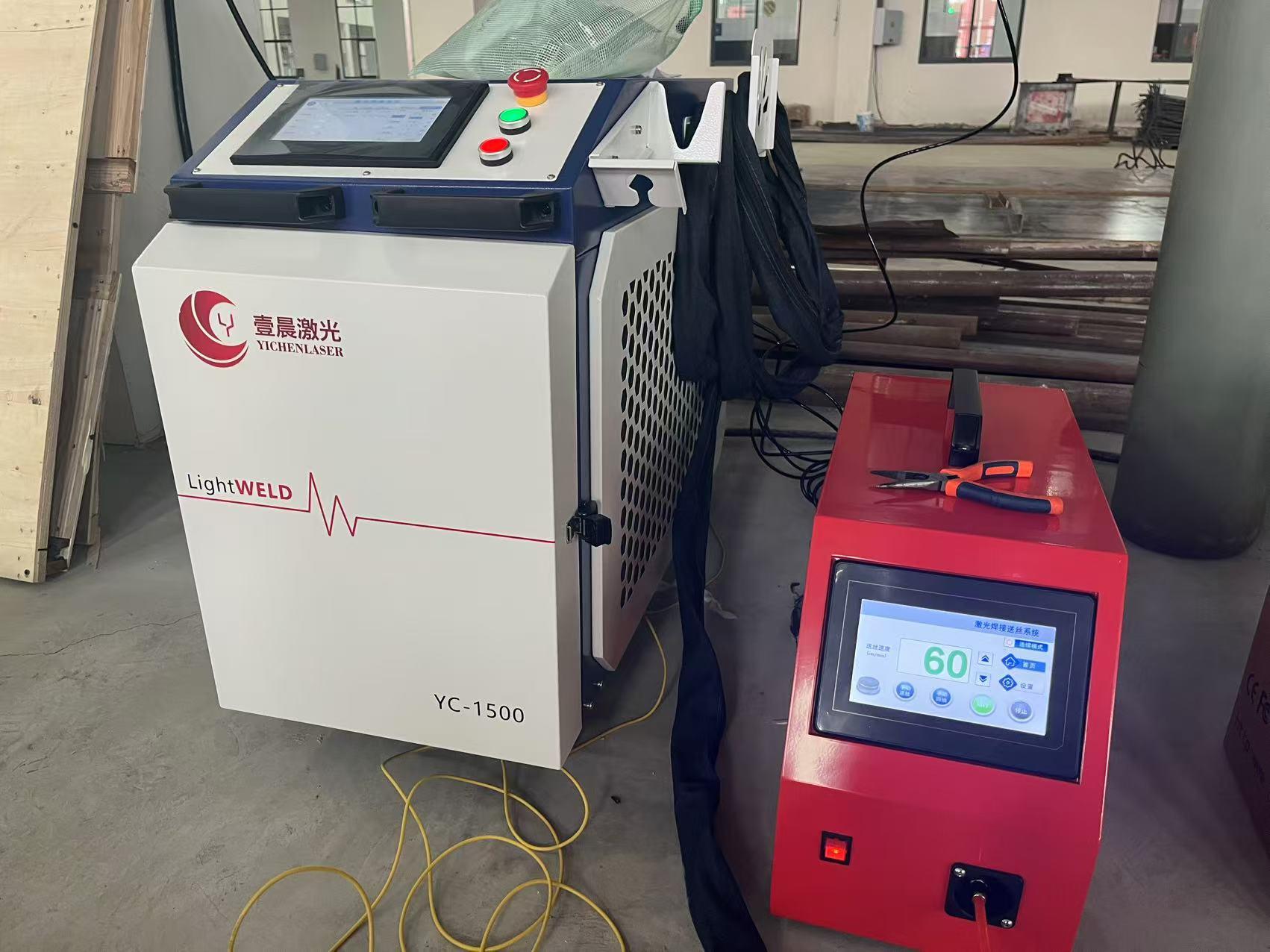
Comparing Laser Cleaning to Traditional Methods
To give you a clearer picture, let’s look at how laser cleaning stacks up against other methods for removing oil stains from stainless steel. Below is a comparison table based on my experience:
|
Method |
Effectiveness |
Environmental Impact |
Surface Damage Risk |
Cost Over Time |
|---|---|---|---|---|
|
Laser Cleaning |
High |
Low (no chemicals) |
None |
Low (no consumables) |
|
Chemical Cleaning |
Moderate |
High (toxic waste) |
Low to Moderate |
High (chemical costs) |
|
Sandblasting |
High |
High (dust, waste) |
High |
Moderate (media costs) |
|
Manual Scrubbing |
Low |
Moderate (detergents) |
Moderate |
High (labor-intensive) |
From the table, you can see why laser cleaning is often the superior choice. It’s not just about getting the job done—it’s about doing it sustainably and without compromising the material.
Step-by-Step Guide to Laser Cleaning Oil Stains
If you’re considering laser cleaning for your stainless steel surfaces, here’s a practical guide based on my experience setting up and using these systems:
Step 1: Assess the Surface
Before firing up the laser, inspect the stainless steel surface. Identify the type and extent of oil stains—light grease from fingerprints or heavy industrial lubricants? The thickness and composition of the oil will influence your laser settings. For instance, mineral oils (common in machinery) are less absorbent to near-infrared lasers, so you may need higher power or multiple passes.
Step 2: Choose the Right Laser System
Not all lasers are created equal. For oil stains, fiber lasers (like Nd:YAG or diode lasers) are ideal due to their precision and power. I’ve used systems ranging from 100W handheld units for small parts to 2000W stationary machines for large industrial components. Consider:
Power: 100-500W for light oil stains; 1000W+ for heavy lubricants.
Pulse vs. Continuous Wave (CW): Pulsed lasers are better for delicate surfaces, while CW lasers handle heavy-duty cleaning.
Portability: Handheld units are great for flexibility; stationary systems suit production lines.
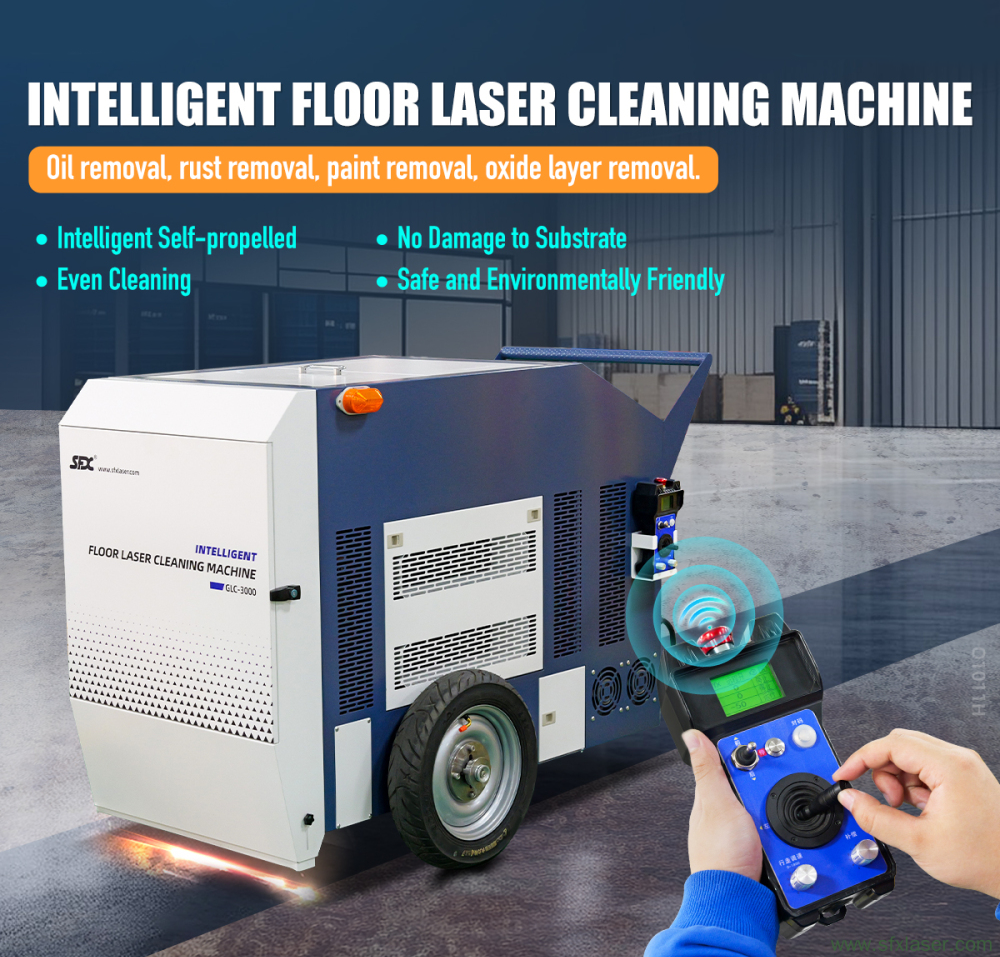
Step 3: Set Laser Parameters
Getting the settings right is crucial to avoid damaging the stainless steel. Key parameters include:
Power (W): Start low (e.g., 100-200W) and increase as needed.
Pulse Frequency (kHz): Higher frequencies (20-50 kHz) for thin oil layers; lower (5-10 kHz) for thicker residues.
Scan Speed (mm/s): Faster speeds (1000-2000 mm/s) for light stains; slower for stubborn ones.
Spot Size: Smaller spots (0.1-0.5 mm) for precision; larger for broader coverage.
I once worked on a project cleaning oil-stained stainless steel pipes in a refinery. We started with conservative settings (150W, 20 kHz, 1500 mm/s) and adjusted based on real-time results to avoid discoloration.
Step 4: Ensure Safety
Laser cleaning is safe when done correctly, but precautions are non-negotiable. Always:
Use a Class-1 laser safety enclosure or wear appropriate laser safety glasses.
Install a fume extraction system to capture vaporized oil particles.
Train operators on laser handling to prevent accidents.
Step 5: Perform the Cleaning
Direct the laser beam at the stained area, either manually (with a handheld gun) or via an automated system. Move the beam steadily to ensure even cleaning. For heavy oil stains, multiple passes may be needed. I’ve found that a zigzag scan pattern works best for uniform coverage.
Step 6: Inspect the Results
After cleaning, check the surface for residual oil. Use a water contact angle (WCA) test to measure wettability—a clean surface typically has a contact angle below 10 degrees. If stains persist, adjust the laser parameters and repeat.
Step 7: Maintain the Equipment
Laser cleaners are low-maintenance, but regular checks on the optics and cooling system (air or water) prevent overheating and ensure consistent performance. I’ve seen systems run for years with minimal upkeep, making them a cost-effective choice.

Real-World Applications
Over the years, I’ve seen laser cleaning transform workflows across industries. Here are some examples:
Food Processing: Cleaning oil and grease from stainless steel conveyors and tanks to meet hygiene standards.
Marine: Removing oil and corrosion from stainless steel boat components exposed to saltwater.
Automotive: Prepping stainless steel parts for welding or coating by removing lubricants.
Medical: Disinfecting stainless steel surgical tools without chemical residues.
In one memorable project, we used a 1000W fiber laser to clean oil-stained stainless steel molds in a tire manufacturing plant. The results were flawless, and the client saved hours compared to their old chemical-based process.
Challenges and How to Overcome Them
Laser cleaning isn’t without its hurdles. Here are some common issues I’ve encountered and how to address them:
Discoloration: High laser power can cause yellowing or browning on stainless steel. Solution: Lower the power and increase scan speed, or use a nitrogen shielding gas to minimize oxidation.
Incomplete Cleaning: Thick oil layers may require multiple passes. Solution: Adjust to a lower pulse frequency and slower scan speed.
High Initial Cost: Laser systems can be pricey (starting at $20,000 for basic models). Solution: Calculate long-term savings from reduced consumables and labor to justify the investment.
Tips for Optimal Results
Drawing from my experience, here are some pro tips to maximize your laser cleaning success:
Test on a Sample: Always run a test on a small, inconspicuous area to fine-tune settings.
Clean in a Controlled Environment: Minimize dust and humidity to avoid recontamination.
Monitor Fume Extraction: Ensure the system is working to prevent oil vapors from redepositing.
Train Your Team: Proper training reduces errors and enhances efficiency.
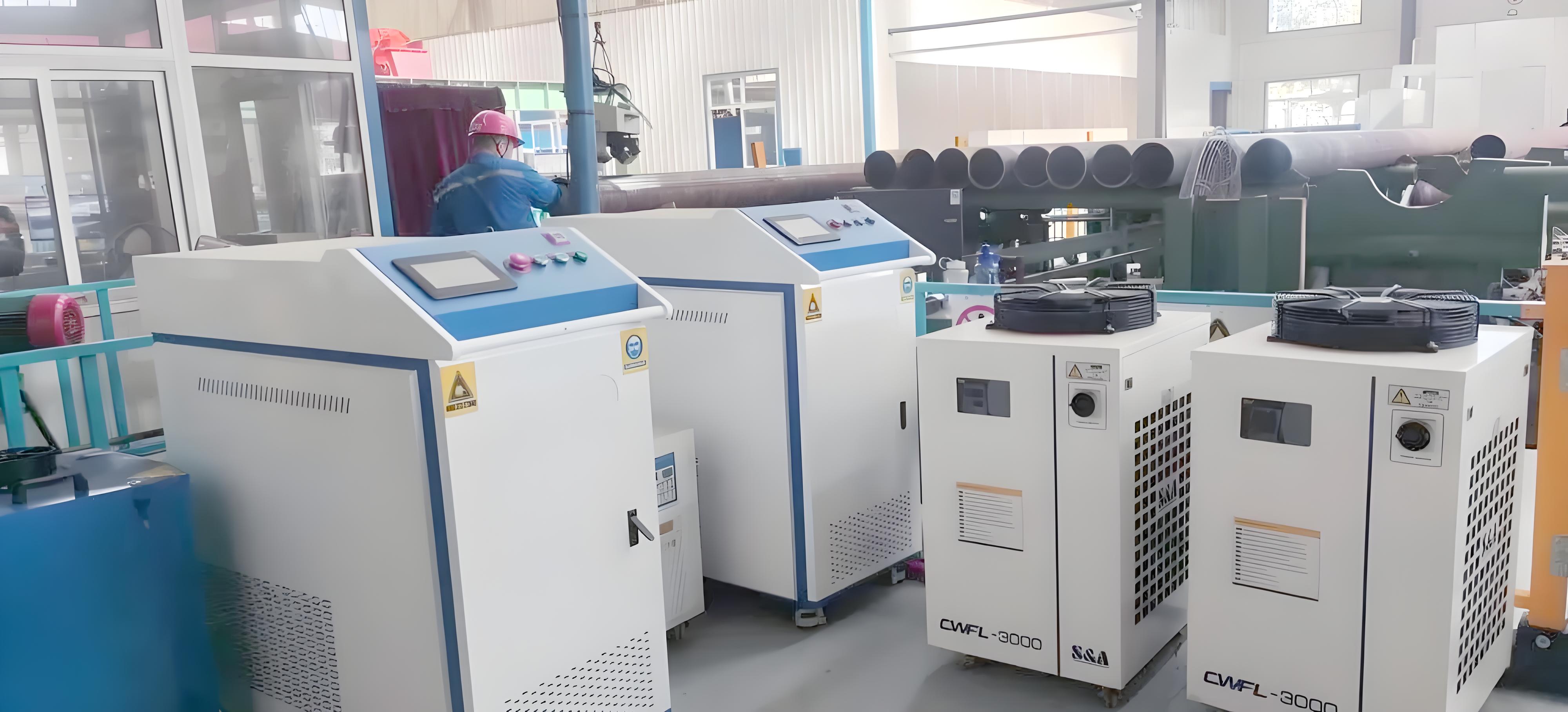
The Future of Laser Cleaning
Looking ahead, I’m excited about where laser cleaning is headed. Advances in laser technology are making systems more affordable and compact, opening doors for smaller businesses. Automation is also on the rise—robotic laser cleaners are already being integrated into production lines for seamless operation. In my view, as industries prioritize sustainability, laser cleaning will become the standard for stainless steel maintenance.
Conclusion
Laser cleaning has revolutionized how we tackle oil stains on stainless steel, offering a blend of precision, efficiency, and environmental benefits that traditional methods can’t match. Whether you’re in manufacturing, food processing, or marine applications, this technology can save you time, money, and headaches. By following the steps and tips I’ve shared, you can achieve sparkling clean surfaces without compromising the integrity of your stainless steel components. If you’re ready to make the switch, reach out to a reputable laser cleaning supplier to explore your options—you won’t look back.
Frequently Asked Questions
Q: Is laser cleaning safe for all types of stainless steel?
A: Yes, when parameters are optimized. Different grades (e.g., 304, 316) may require slight adjustments, but laser cleaning is generally safe and non-damaging.
Q: How long does it take to clean oil stains with a laser?
A: It depends on the stain’s thickness and the laser’s power. Light stains might take seconds per square meter, while heavy lubricants could require a few minutes with multiple passes.
Q: Can laser cleaning remove other contaminants besides oil?
A: Absolutely. It’s effective for rust, paint, oxides, and even organic residues, making it versatile for various applications.
Q: What’s the cost of a laser cleaning machine?
A: Prices vary widely, from $20,000 for entry-level handheld units to over $100,000 for high-power industrial systems. Check with suppliers like Laser Photonics or Laserax for detailed pricing.
Q: Does laser cleaning require special training?
A: Basic training is needed to operate the equipment safely and optimize settings. Most suppliers offer training programs, and the learning curve is relatively short.

